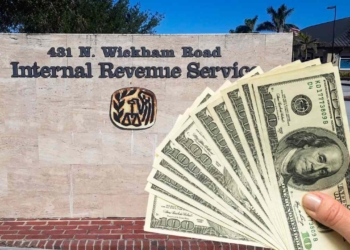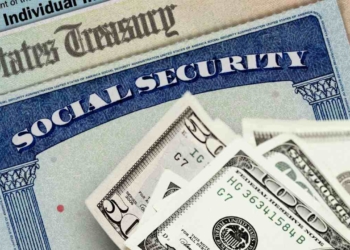Good news if you qualify for the SSI payment that Social Security has scheduled on December 31, 2024, and it will include the 2.5% COLA increase. Even if it is the January 1, 2025, check or deposit, over 7.5 million recipients will have it in their bank accounts 24 hours in advance. This is because the Administration wants to avoid sending money on such an important Federal Holiday, New Year’s Day.
Therefore, the Social Security payment schedule for January has been slightly altered. Actually, it will happen the same with the February payment for SSI. It will arrive on January 31 instead of February 1, 2025. However, this change has to be made because of the weekend, not due to a Federal Holiday.
Social Security payment schedule for SSDI and retirement in January 2025
SSDI and retirement benefits arrive on the same days. Nevertheless, there are several conditions you must meet to get your money on one of the following paydays in January 2025:
- SSDI on January 3: If receiving SSI on December 31 while on Social Security Disability Insurance
- Retirement on January 3: If receiving SSI on December 31 while on Social Security retirement benefits
- SSDI on January 3: For those who began collecting Disability Insurance before May 1997
- Retirement on January 3: For those who began collecting retirement benefits before May 1997
- SSDI on January 8: If your birth date falls from the 1st to the 10th
- Retirement on January 8: If your birth date falls from the 1st to the 10th
- SSDI on January 15: If your birth date falls from the 11th to the 20th
- Retirement on January 15: If your birth date falls from the 11th to the 20th
- SSDI on January 22: If your birth date falls from the 21st to the 31st
- Retirement on January 22: If your birth date falls from the 21st to the 31st
Social Security payment amounts in January 2025
Thanks to the 2025 COLA increase all retirees, SSI recipients, and SSDI beneficiaries will get 2.5% extra per month. For example, the average retirement benefit will be about $1,976, up from $1,927. The largest benefit payment will be up to $5,108.
I you are receiving SSDI, the average payment will be approximately $1,580, up from $1,542. If you were a high earner for 35 years you may receive up to $4,018 in January 2025.
SSI payments will be up to $967 for individuals, up to $1,450 for eligible married couples and up to $484 for an essential person. On average, Supplemental Security Income recipients will get $715, up from $698.
What are the implications of receiving SSDI and SSI at the same time?
Social Security Disability Insurance (SSDI)
- Funded through payroll taxes on earnings (FICA taxes).
- Eligibility depends on having enough work credits (based on how long you’ve worked and how much you contributed in taxes).
- Benefit amount is tied to your past earnings record.
- Typically provides eligibility for Medicare after 24 months of SSDI entitlement.
Supplemental Security Income (SSI)
- Needs-based program funded by general tax revenues.
- Primarily for low-income individuals who are disabled, blind, or over 65 and have limited income and resources.
- Federal benefit rate (FBR) is the maximum monthly payment; however, some states add additional supplements.
- Typically provides automatic eligibility for Medicaid in most states.







